In today’s world, where canine obesity is a growing concern, finding the right exercise routines for overweight dogs is crucial for their health and longevity. This article explores various exercises tailored to overweight dogs, focusing on safe and enjoyable activities that can help them shed those extra pounds and boost their overall well-being.
Assessing Your Dog’s Fitness Level
Before embarking on any new exercise routine, it’s crucial to understand where your overweight dog stands in terms of health and fitness. This initial assessment sets the stage for a safe and effective exercise plan.
Consult with Your Veterinarian
The first step is to schedule a visit to your veterinarian. They can provide a thorough health evaluation, including assessing your dog’s weight, heart health, and joint condition. This information is vital to determining the type and intensity of exercise suitable for your dog. Your vet may also offer advice on a target weight and timeline for achieving it.
Understanding Your Dog’s Current Health Status
Every dog is unique, and what works for one might not work for another. Take note of any health issues your dog might have, such as arthritis, breathing difficulties, or heart problems. These conditions don’t necessarily prevent exercise but they do require modifications to the routine.
Acknowledging Limitations
Be realistic about your dog’s current physical limitations. Overweight dogs might have reduced stamina and may tire more easily. It’s important to recognize these limitations to prevent overexertion, which can lead to injuries or worsen existing health issues.
Setting Realistic Goals
Based on your vet’s advice and your dog’s health assessment, set achievable goals. Whether it’s a specific weight target or gradually increasing stamina, having clear, realistic goals will help guide your exercise plan and keep you motivated.
Low-Impact Exercises for Overweight Dogs
Once you have a clear understanding of your dog’s health status and limitations, you can begin incorporating low-impact exercises. These activities are ideal for overweight dogs as they provide a good workout without putting excessive strain on their joints.
Walking: A Great Starting Point Walking is one of the best low-impact exercises for overweight dogs. Start with short walks and gradually increase the duration as your dog builds endurance. Ensure the pace is comfortable for your dog, allowing them to stop and rest if they show signs of fatigue.
Swimming: Gentle on the Joints Swimming is another excellent option, particularly for dogs with joint issues. It provides a full-body workout without the impact of harder surfaces. If your dog is new to swimming, start in shallow water and always supervise them. Some dogs may need a life vest for additional safety.
Indoor Play: Fun and Safe For days when outdoor activities are not possible, indoor play can be a good alternative. Games like hide and seek or gentle tug-of-war can keep your dog active. Use toys to encourage movement, ensuring the play remains gentle to avoid stress on their joints.
Customizing Exercise to Your Dog’s Needs Tailor the exercise to fit your dog’s interests and abilities. Some dogs may enjoy a leisurely stroll, while others might prefer a more structured activity like following a scent trail. The key is to keep them engaged and moving.
Monitoring Your Dog During Exercise Always observe your dog during exercise for any signs of distress, like heavy panting, limping, or reluctance to move. If any of these signs occur, stop the activity and consult your veterinarian.
Incorporating Play into Exercise Routines
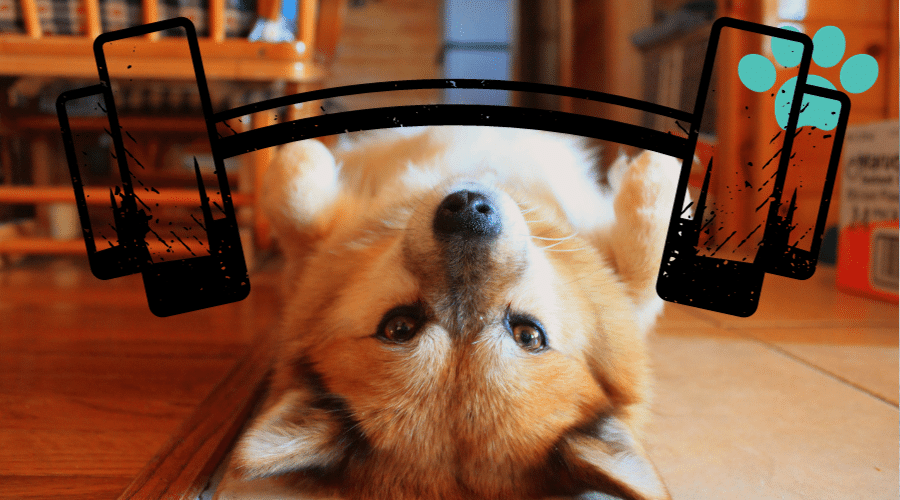
Incorporating play into your overweight dog’s exercise routine is not only beneficial for their physical health but also for their mental well-being. Play can make exercise fun and engaging, encouraging your dog to be more active.
Interactive Games to Encourage Movement Interactive games are great for stimulating both the body and mind of your dog. Games like fetch, which involve running and retrieving, can significantly increase your dog’s activity level. Adjust the intensity of the game to suit your dog’s fitness level, ensuring they are not overexerted.
Using Toys to Motivate Toys can be powerful motivators for physical activity. Choose toys that encourage movement, such as balls or frisbees. For dogs that are food-motivated, puzzle toys filled with healthy treats can stimulate both their mind and body as they work to figure out how to retrieve the treats.
Creating a Playful Environment Set up a playful environment in your backyard or a safe indoor area. You can create simple obstacle courses using household items, encouraging your dog to navigate through them. This not only provides physical exercise but also helps with agility and mental stimulation.
The Importance of Regular Playtime Regular playtime is essential for keeping your dog engaged and active. Dedicate specific times of the day for play, making it a part of your dog’s daily routine. This consistency helps in managing their weight and improving overall fitness.
Balancing Play with Rest While play is important, it’s also crucial to balance it with adequate rest, especially for overweight dogs. Monitor your dog for signs of fatigue and always provide them with ample time to rest and recover after play sessions.
Structured Exercise Plans
Creating a structured exercise plan is key to effectively managing your overweight dog’s physical activity. A well-planned routine ensures that your dog gets the right amount of exercise without the risk of overexertion.
Designing a Tailored Exercise Plan Based on your vet’s recommendations and your dog’s current fitness level, design a plan that gradually increases in intensity and duration. This plan might include a mix of walking, swimming, and play spread throughout the week. Ensure the plan is balanced and varied to keep your dog interested and engaged.
The Role of Consistency Consistency is crucial in any exercise routine. Try to exercise at the same time each day to establish a routine. This regularity helps your dog understand what to expect and forms a healthy habit, making it easier to stick to the plan.
Incorporating Variety While consistency in timing is important, varying the types of exercise can prevent boredom and overuse injuries. Alternate between different activities, and consider exploring new environments for walks or play sessions to keep things interesting for your dog.
Setting Short-Term and Long-Term Goals Set achievable short-term goals, like a certain distance walked or a specific time spent playing, and gradually work towards long-term goals like a target weight or fitness level. Celebrate these milestones to keep motivated.
Adapting the Plan as Needed Be prepared to adapt your exercise plan based on your dog’s progress and any changes in their health. Regular check-ins with your vet can help you fine-tune the routine to better suit your dog’s evolving needs.
Monitoring Your Dog’s Progress
Tracking your dog’s progress is an essential part of the exercise routine. It helps in ensuring that the exercises are effective and that your dog is losing weight in a healthy manner.
Regular Weight Checks Schedule regular weigh-ins for your dog. This can be done either at home, if you have the right scale, or at the veterinarian’s office. Monitoring weight changes helps in assessing the effectiveness of the exercise plan and whether any adjustments are needed.
Observing Physical Changes In addition to tracking weight, observe your dog’s physical condition. Look for signs of increased stamina, better mobility, and an overall more active demeanor. These changes are indicators that your dog is benefiting from the exercise routine.
Monitoring Behavior and Mood Exercise has a positive impact on a dog’s mood and behavior. Pay attention to changes such as more playfulness, better mood, and increased engagement with family members. These are signs that your dog’s quality of life is improving.
Adjusting the Exercise Plan Based on Progress Based on your observations and regular weight checks, you may need to adjust the exercise plan. If your dog is progressing well, you can gradually increase the intensity or duration of the exercises. Conversely, if progress is slow, reassess the plan with your veterinarian.
Keeping a Record Maintaining a record of your dog’s weight, exercise routine, and any changes in behavior or physical condition can be helpful. This record provides valuable insights into what works best for your dog and assists your veterinarian in making informed recommendations.
Diet and Nutrition in Conjunction with Exercise
While exercise is crucial for managing your overweight dog’s weight, it’s equally important to consider their diet and nutrition. A balanced diet, in conjunction with regular exercise, is key to achieving and maintaining a healthy weight.
Understanding Caloric Needs Overweight dogs need a diet that’s lower in calories but still nutritionally complete. Work with your veterinarian to understand your dog’s caloric needs based on their size, age, and activity level. This will help in determining the right amount of food to feed your dog.
Choosing the Right Food Select a high-quality dog food that’s formulated for weight management. These foods are typically lower in fat and calories but high in fiber, which helps keep your dog feeling full. Be sure to transition to new food gradually to avoid digestive upset.
Managing Treats and Extras Treats should be given sparingly and accounted for in your dog’s daily calorie intake. Opt for healthy treats like carrot sticks or apple slices instead of high-calorie commercial treats. Also, avoid feeding table scraps, which can be high in fat and calories.
Regular Feeding Schedule Establish a regular feeding schedule. Consistent meal times not only help with digestion but also aid in managing hunger and reducing the temptation to overfeed.
Monitoring Food Intake and Adjustments Keep track of how much your dog eats and make adjustments as needed based on their progress and activity level. If your dog is not losing weight despite a controlled diet and regular exercise, consult your veterinarian for further evaluation.
Hydration Ensure your dog has access to fresh water at all times, especially after exercise. Proper hydration is essential for overall health and aids in digestion and nutrient absorption.
Overcoming Challenges and Staying Motivated
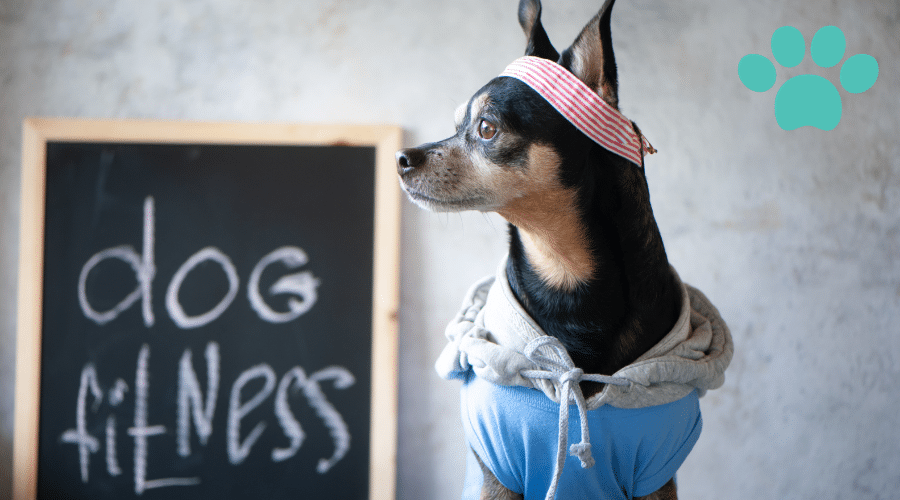
Embarking on a journey to improve your overweight dog’s health through exercise can come with its set of challenges. Staying motivated and overcoming these hurdles are crucial for the success of your dog’s weight loss journey.
Addressing Lack of Time One common challenge is finding the time for regular exercise. Consider integrating your dog’s exercise into your daily routine, such as a walk during your morning or evening routine. Even short sessions are better than none.
Dealing with Weather Constraints Weather can sometimes hinder outdoor exercise plans. Be prepared with indoor activities for your dog on such days. Indoor play, stair climbing, and interactive toys can be excellent alternatives.
Managing a Dog’s Reluctance to Exercise Some dogs may be reluctant to exercise, especially if they are not used to being active. Encourage them with positive reinforcement and make exercise sessions fun and rewarding. Gradually increase the duration and intensity as they become more comfortable.
Staying Motivated Keeping yourself and your dog motivated is key. Celebrate the small victories, like a slightly longer walk or more playfulness. These milestones can be incredibly motivating for both you and your dog.
Seeking Support and Advice Don’t hesitate to seek support from other dog owners, online forums, or your veterinarian. Sharing experiences and tips can provide new ideas and motivation.
Remembering the ‘Why’ Finally, remember why you started this journey. Improving your dog’s health and quality of life is a powerful motivator. Seeing your dog become more active, healthier, and happier is a reward in itself.
Conclusion
Incorporating the right exercise routines into your overweight dog’s daily regimen is not just about weight loss; it’s about enhancing their overall quality of life. By understanding the unique needs of your overweight dog and introducing appropriate physical activities, you can help them achieve a healthier weight and enjoy a more active, joyful life. Remember, consistency is key, and always consult with a veterinarian before starting any new exercise program.

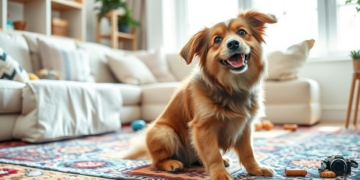







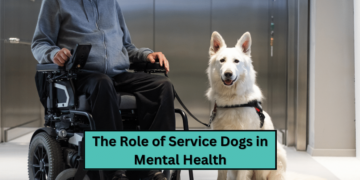


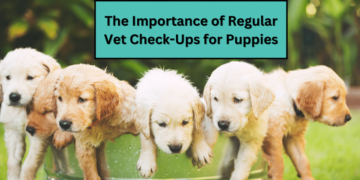







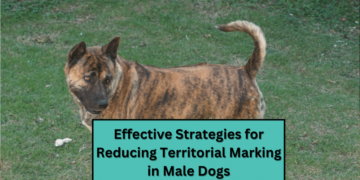
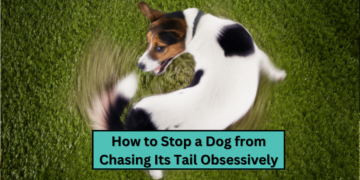






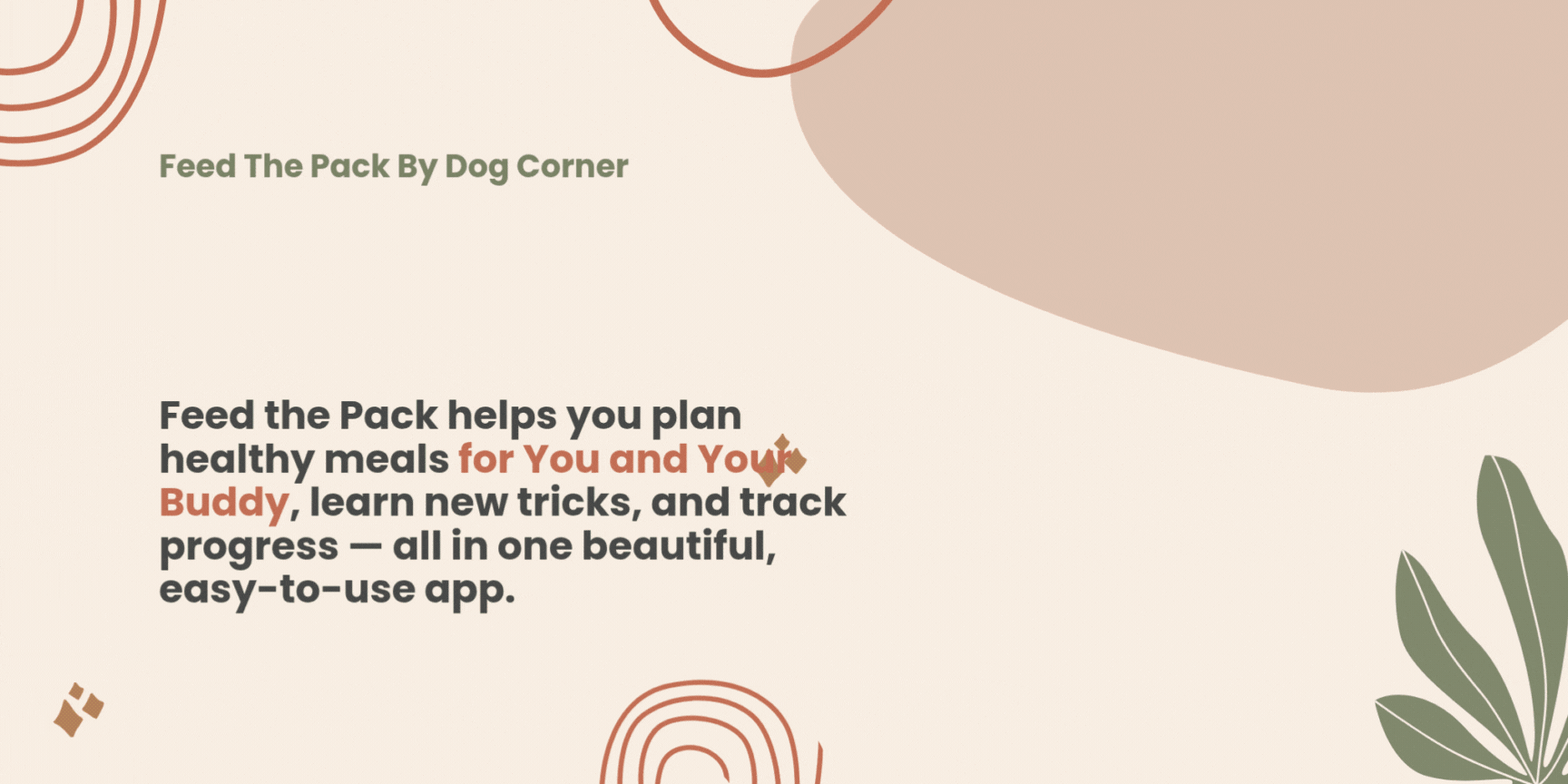











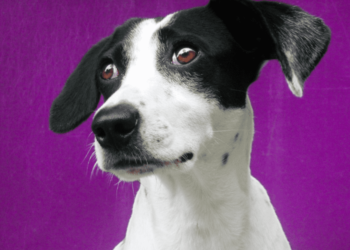











Discussion about this post